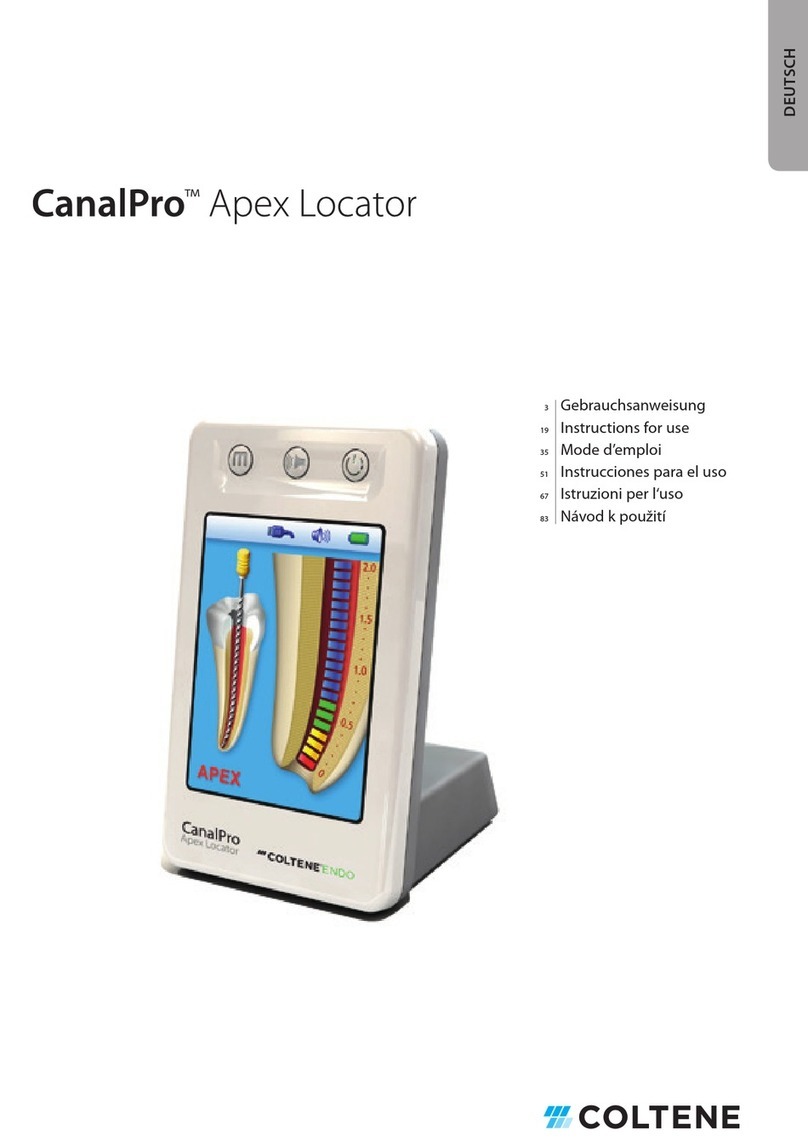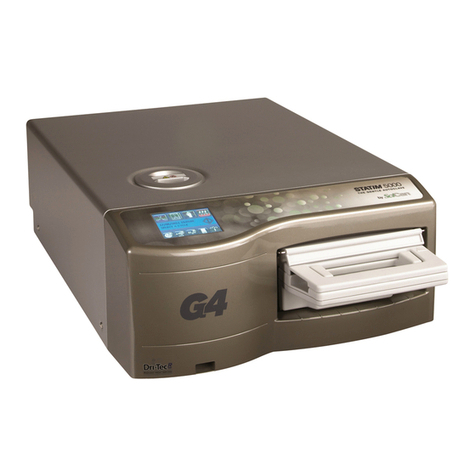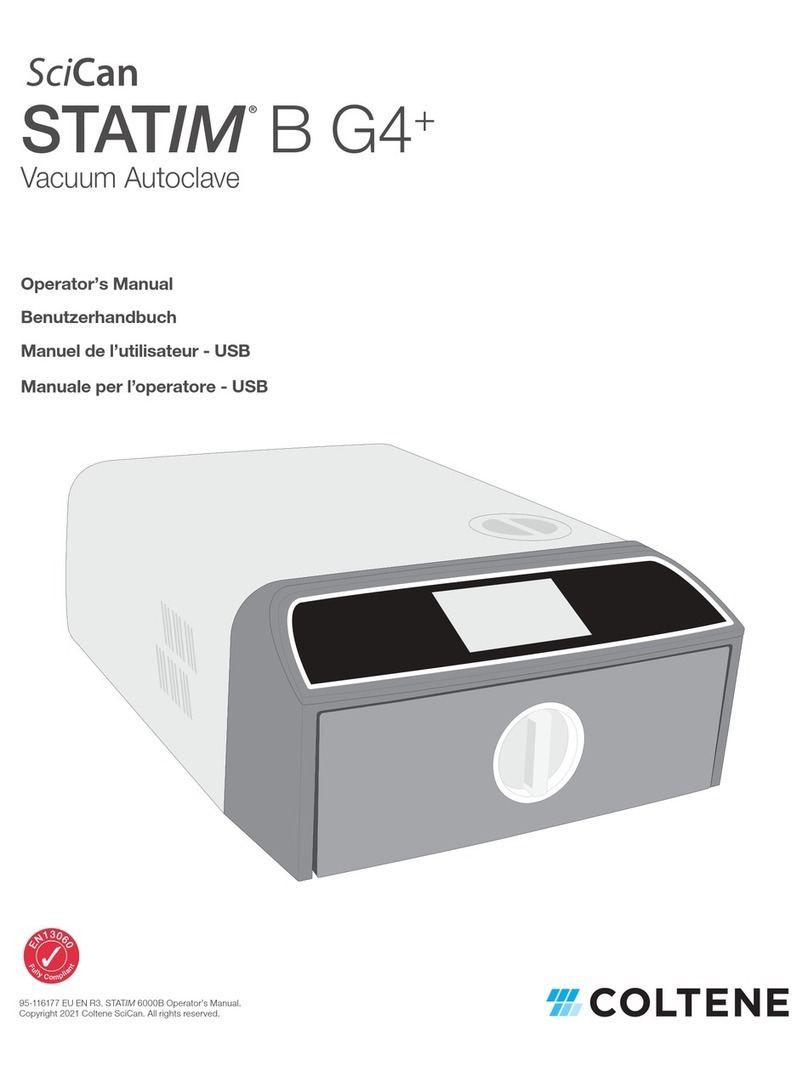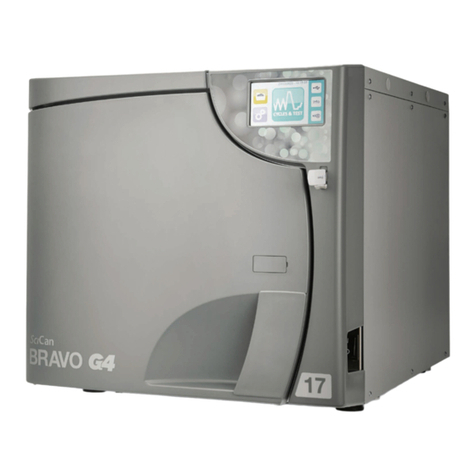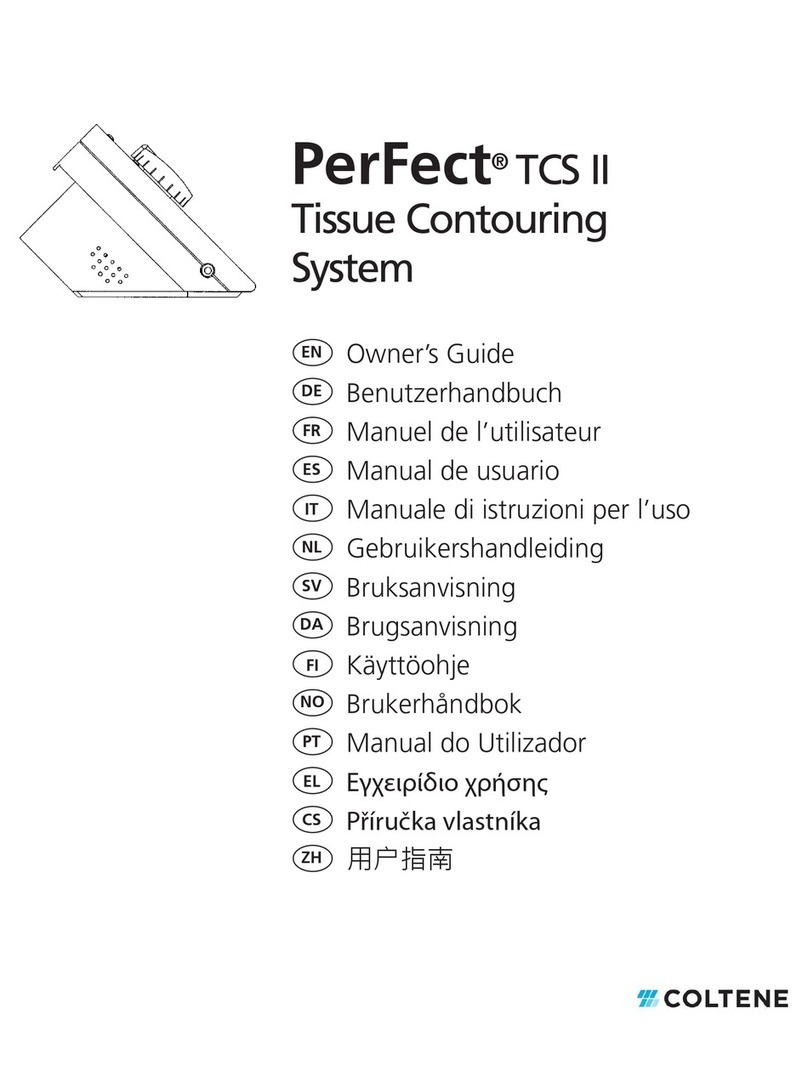
4PerFect®TCS II Tissue Contouring System
1. Introducing PerFect Tissue Contouring
System
Few technologies have a potential equal to that of electrosurgery
for enhancing the efficiency and improving the results of soft tissue
management. With a reasonable investment of time to acquire the
necessary skills, electrosurgery can pay considerable dividends to
both practitioner and patient.
With this in mind, Coltène/Whaledent has developed the PerFect
Tissue Contouring System — an advanced, affordable monopolar
electrosurge designed to appeal to both the new and experienced
user of electrosurgery. PerFect TCS II can simplify and enhance the
results of a variety of everyday procedures performed by virtually
every dentist, including the control of bleeding, gaining access to
caries and aesthetic contouring of gingiva.
How does monopolar electrosurgery work?
Electrosurgery is a proven technology that has been used for many
years in both dentistry and medicine. It uses radio-frequency (RF)
energy, similar to that used in radio broadcasting, to volatilize,
cut and coagulate soft tissue. The radio-frequency energy used
by PerFect TCS II is able to sever and coagulate tissue because it
focuses the heat energy at the small, active electrode. While the
active electrode remains cold, sufficient heat energy is generated in
its path to sever and coagulate effectively.
The high frequency energy focused at the active electrode returns
to the electrosurge through the large dispersive electrode, which
is placed on the back of the dental chair against the patient’s
back during use. The dispersive electrode provides an efficient and
predictable completion of the energy path.
Depending on the intended use, the energy output of an electrosurge
may be either partially or fully rectified. A fully rectified output is
appropriate for cutting, while coagulation is best achieved with a
partially rectified output. For these reasons, PerFect TCS II has two
output modes: “Cut’’ and “Coag.’’ The intensity of these modes can
be adjusted by the operator as required.
Cutting with the scalpel crushes and cleaves tissue. Electrosurgical
cutting volatilizes tissue in the path of the electrode. When the power
output is adjusted properly, the electrode cuts without resistance,
permitting an extraordinary degree of control and precision.
2. Preparing PerFect TCS II for use
Unpacking and setting up the unit
Remove PerFect TCS II from the shipping carton and inspect for
possible damage during shipping. Check the serial number of the
unit (Figure 2) against the serial number on the shipping carton
to make sure they agree (if they don’t agree, contact your dealer).
Fill out the warranty card and mail to Coltène/Whaledent within 10
days of receipt.
See Figures 1 and 2 and follow the steps below to prepare your
PerFect TCS II for operation. The unit and accessories are pictured
in Figure 3.
• Before connecting the unit to the AC power supply, check
that the Coag/Cut output intensity control is set at the center
(“0”) position and that the power switch is in the “Off”
(“O”) position.
This product has been manufactured with an IEC 320 power cord
inlet connector using a detachable cordset (line cord) to plug in at
the rear of the unit. Please be sure to plug the cordset into the inlet
connector before the next step.
• Plug the line cord plug into a three-wire grounded AC
power outlet.
• Plug the handpiece cable BNC connector into the handpiece
jack on the right side of the unit.
• The handpiece holder can be placed on either side of the unit
by snapping it into the placement grooves under the side lip
of the unit. Once the handpiece holder is attached, it cannot
be removed.
• This unit performs monopolar electrosurgery. A dispersive
electrode must be placed against the patient’s back to provide
a safe return path for the high frequency current.
• Insert the dispersive electrode cable plug into the dispersive
electrode jack on the right side of the unit.
• Select one of the three electrode sheaths supplied with the
unit (Straight Knife, Long Loop, or Coag Ball). To assemble the
handpiece, hold the swivel connector and thread the electrode
into the handpiece cord assembly. To disassemble, simply
reverse rotations.
CAUTION: Electrode sheaths must be sterilized before use.
(See sterilization section.)
Activating the unit
The power switch is located in the rear alongside the IEC 320 power
cord inlet connector. With the power switch in the “On” position
(“1”) the green power indicator light should be on and all other
indicator lights should be off. If the red indicator light is on, the
dispersive electrode is not properly connected or is defective and
should be replaced. First, rotate the output intensity control to the
left (Coag) or right (Cut). Output intensity is increased by moving
the control away from center in either direction. It may be necessary
to move past the “1” position before an output will be generated.
PerFect TCS II is now in the “ready” position. No warm-up time is
required for the unit.
To energize the electrode, depress the footswitch before applying
the electrode to tissue. The electrode should only be energized
for short, intermittent periods — just long enough to perform the
required procedure. The unit should emit a tone while the output is
energized. A yellow indicator should be “On” to indicate cut mode
or a blue indicator should be “On” to indicate coagulate mode.
CAUTION: A warbling sound indicates that the dispersive
electrode is not connected or is defective. In this situation,
the unit is automatically deactivated and will not operate.
Verify the dispersive electrode connector is fully inserted. If
it is, the dispersive electrode may be defective and should be
replaced. If the replacement does not correct the situation,
the unit requires servicing.
When the procedure has been completed, remove the electrode
from tissue and deactivate the footswitch. Rotate the intensity
The PerFect®TCS II is intended only for use by licensed dental
practitioners who have received appropriate training in the
application of electrosurgery. This guide is not intended as a
substitute for formal instruction.
The unit should only be operated in locations where the standard
nominal mains voltage is indicated for use with the equipment.
CAUTION: Federal law restricts this device to sale by or
on the order of a licensed healthcare practitioner.






